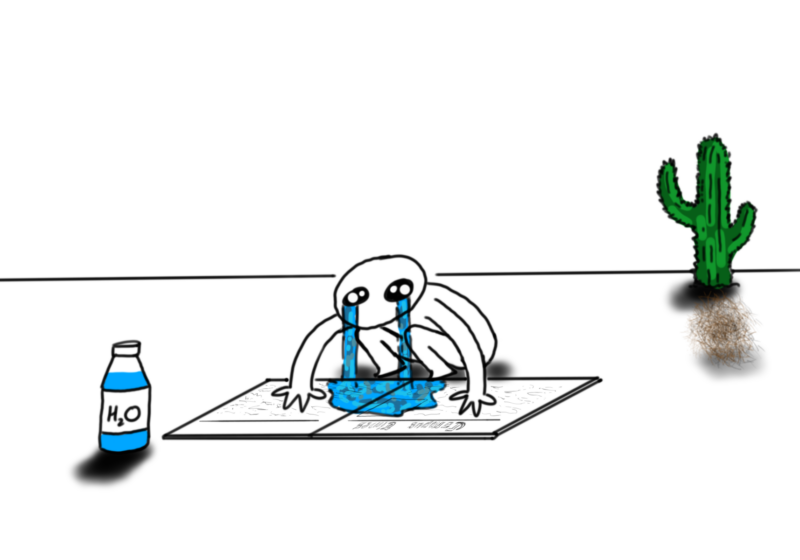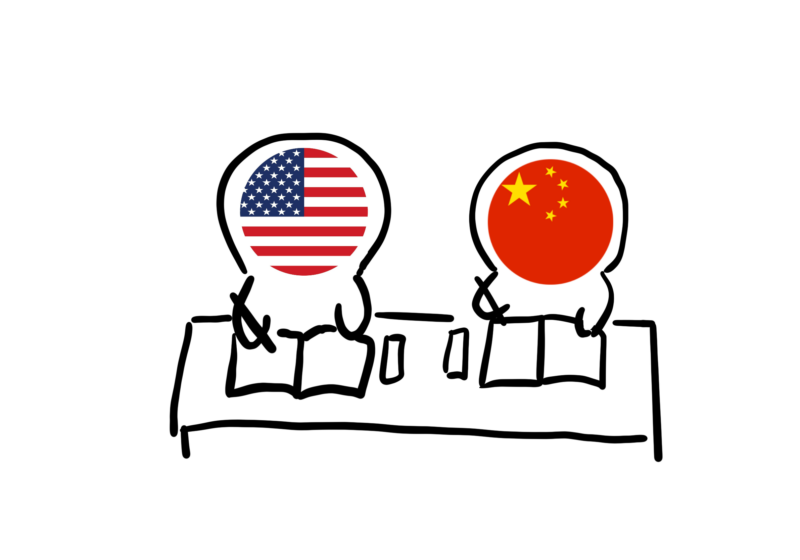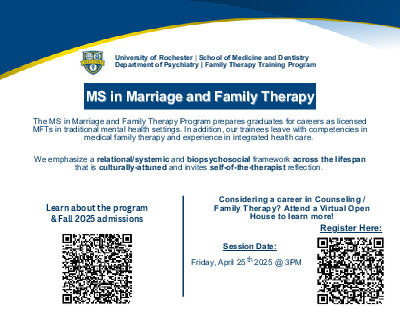The Barnes & Noble at Union Square is, both in selection and size, one of the biggest bookstores in New York. The first floor is a constant frenzy, though the vinyl and video section in the back provides some solace from the noise; the second floor houses the children’s books and, consequently, there are staff members walking around in Harry Potter hats here today; the third floor has a Starbucks, as if this city needed another one; and on the fourth floor, a former employee of this very branch is in conversation with a New York Times reporter about her new book.
That author is Asa Akira, one of the biggest stars in the porn industry. (“Adult entertainment” is for the squeamish—we’re not going to deign to use that term.) Sitting in front of a red velvet curtain, Akira is here to hawk her second memoir, “Dirty Thirty.”.
Coming in groups seems to be the move—it probably makes it easier to hold the spectacle at a safely ironic distance, to be able to shoot a look to your friend, “This is nuts, right?” It’s in direct contrast to the actual experience of porn, of course—personal, specified, where the viewer is asked to confront an image head-on, so to speak.
The seats (100-plus) are filled, but at least 30 more people are milling around behind the seating area, begging the question—are they honest perusers of the bookshelves, or voyeuristic skulkers with poor time management skills? Akira begins to speak, and oddly enough, the performer divulges to the crowd that she’s nervous.
The next hour is a pretty good summation of how the book reads. Akira tells disjointed stories about love, sex, and the porn industry, one that’s still caught between the highly regulated, professional quality of major production companies, and the world of “Hot Girls Wanted”—i.e., every porn horror story there is, whether it be rape, bare-minimum STD testing, or pitiful wages. Akira comments on that distinction, telling the audience that her experience has been the former, but that’s to be expected. She’s a porn one-percenter, one of a lucky few “contract girls” who only does one shoot a month with a single high-end studio. She’s been in the industry for years, and as a 30-year-old of the time of this reporting, she’s reached an age when most actresses start their “MILF work,” as she calls it, though she laments the lack of Asian actresses in the genre.
It’s a bizarre session. She stops herself from saying the word shit, but goes into graphic detail during a story about tearing her asshole. A selection of quotes:
“I signed up to be objectified.”
On writing: “It’s kind of like tearing your asshole, in another way.”
“I’ve had two abortions—classy.”
As for the book itself, well, it’s kind of like porn: exactly the same as the one that preceded it, with barely perceptible wrinkles and twists, begging the question of necessity. But she’s a funny writer, and reading the work of a porn evangelist like her is certainly interesting.
One answer stood out more than any, precisely for its vagueness. The interviewer asked Akira about what a feminist porn set looked like, to which Akira could only say that it was one where “women were respected,” which, if President Trump has taught us anything, can mean different things to different people. The assumptions behind both the question and the answer—that porn can be feminist—is the most important question in porn today.
The so-called Golden Age of Porn, which porn historians peg as between 1969-1984, were the days when some pornographic movies could get a wide release in major theatre chains. “Deep Throat” and “Behind the Green Door” generated nationwide controversy. “The Devil in Miss Jones” was the seventh-highest grossing movie of 1973 (7th place, 2015: “Minions”), and one reviewer compared the plot to Sartre’s “No Exit.” 1973 was a year when the New York Times published a thoughtful Vincent Canby rumination on “porn chic.” Directors and performers who might have otherwise gone mainstream were gravitating toward porn—Andy Warhol, for instance—and the storylines were more than the window-dressing that they would later become. Serious artists could find a home in porn.
With the landmark Miller v. California decision in 1973, though, porn took a big hit. The legal of definition of obscenity went from “utterly without socially redeeming value” to lacking “serious literary, artistic, political, or scientific value,” which gave local judges a hell of a lot of leeway in deciding what violated community standards. With the new definition, putting obstacles in front of porn production and consumption became far easier. Though there were still a few classics to come (“The Opening of Missy Beethoven,” for example) the new financial restrictions on porn—it was now nearly impossible to get a wide release—forced the industry to a halfway point, not quite mainstream, but not quite underground, either.
Ultimately, the point of film production is to make money, and the porn industry was (and is) no different. But just as any director could secure big-studio money for decidedly un-capitalist films, so too could porn find a semi-coherent ethos with which to term their work “art.” Beside the simplest joy of “watchin’ people fuckin’ on film,” (Phillip Baker Hall, “Boogie Nights”), there’s a loose philosophy of forsaking the constraints of polite society, a philosophy of desire and fulfillment; the work of battle-tested sexual liberation fighters is a clear backing to that era of porn. More explosively, and what I would argue continues to be the most relevant question in porn, is that of the feminist interpretations.
That Golden Era is the rare issue that placed second-wave feminists on roughly the same side as Jerry Falwell. Andrea Dworkin and Catharine Mackinnon, among many others, were the first to offer strong feminist critiques of porn. Dworkin, not putting it lightly: “The civil impact of pornography on women is staggering. It keeps us socially silent, it keeps us socially compliant, it keeps us afraid in neighborhoods.” Gail Dines, also not putting it lightly: “Pornography is the perfect propaganda piece for patriarchy. In nothing else is their hatred of us quite as clear.”
For these second-wave feminists, who had worked so hard to move beyond the sexualization of the female body in every facet of American culture, while simultaneously working to tear down barriers to women’s own sexual pleasure, the idea that pornography, with its demonstrably straight male–dominated production (from writers to boom operators to financiers) and penchant for focusing on male pleasure could be anything but another manifestation of patriarchal dominance was laughable. As Dworkin put it, only a male performer got to be “the one who takes.” Truly, in any mainstream (read: straight) porn, the male performer’s orgasm is always (sorry) in-your-face obvious, while the female orgasm has to be performed. And we won’t even get into mainstream exploitation films of the era, where women were penetrated by men as often as they were by knives.
Even beyond interpretations of the on-screen action, the most famous account of female experience during the period, that of “Deep Throat” star Linda Lovelace, is one of abuse, coercion, rape, and a general miasma of misogyny that’s harrowing to read. During the late ‘70s, Dworkin and Mackinnon did everything in their power to end what they saw as the most harmful sex-ed someone could be exposed to.
That stance on the performance of female sexuality in porn didn’t face much of an opposition within the movement until the early 80s. Therein saw the birth of what we call sex-positive feminism, an iteration that calls for celebration of female sexuality that supporters say excludes the vilification of all male sexuality that they saw in second-wave feminism.
Women like Ellen Willis, Gayle Rubin, and Betty Dodson (among many, many others) spearheaded a movement that objected to porn vilification on the basis of: (a) what they saw as a push toward neo-Victorian censorship, with more in common with anti-alcohol temperance groups than feminism, and (b) what they saw as a misunderstanding of porn audiences and what was being portrayed on screen. Rubin and Dodson especially championed the portrayal of diverse female sexualities as combating ingrained stereotypes about men as the main beneficiaries of sex, with women simply enduring it. As Naomi Wolf later wrote (echoing Chantal Akerman’s “Jeanne Dielman”): “Orgasm is the body’s natural call to feminist politics.”
By and large, this is the line of thinking that seems to have won out among modern feminists, certainly among those at universities like UR. YouTube personalities like Lacey Green go to lunch on embracing a full spectrum of sexuality, endorsing sexual frankness and exhorting their followers to never shy away from the sexual expression that makes them tick. See: Slut Walks, Free the Nipple, or our own Spring Porn Weekend, and, of course, Asa Akira speaking to a packed house at the Union Square Barnes & Noble. As for porn, there’s an entire part of the increasingly niche-catering industry that makes so-called feminist porn, which tends to mean soft lighting, shitty acoustic guitar, and none of the parody themes so popular with Brazzers and the other titans of the industry.
And yet, “Hot Girls Wanted” and similarly bleak depictions of the industry still represent all that is vile to feminists. How does one reconcile the experiences of “unicorns” (as Akira calls them) like Sasha Grey, who found mainstream success, with the more-often-told horror stories of nameless women with a grainy webcam? If women choose to be objectified, as Akira puts it, is that a tacit admission of exploitation, or is it an empowering choice?
These are the questions that modern porn creators and consumers (by some estimates, 40 million Americans monthly) have to ask themselves. The enormous question of internet pornography and what it means for American envy/voyeurism (I’d argue that Facebook is a family-friendly porn option) is one that no one could have seen coming, but now that it’s here, it needs to be answered.




